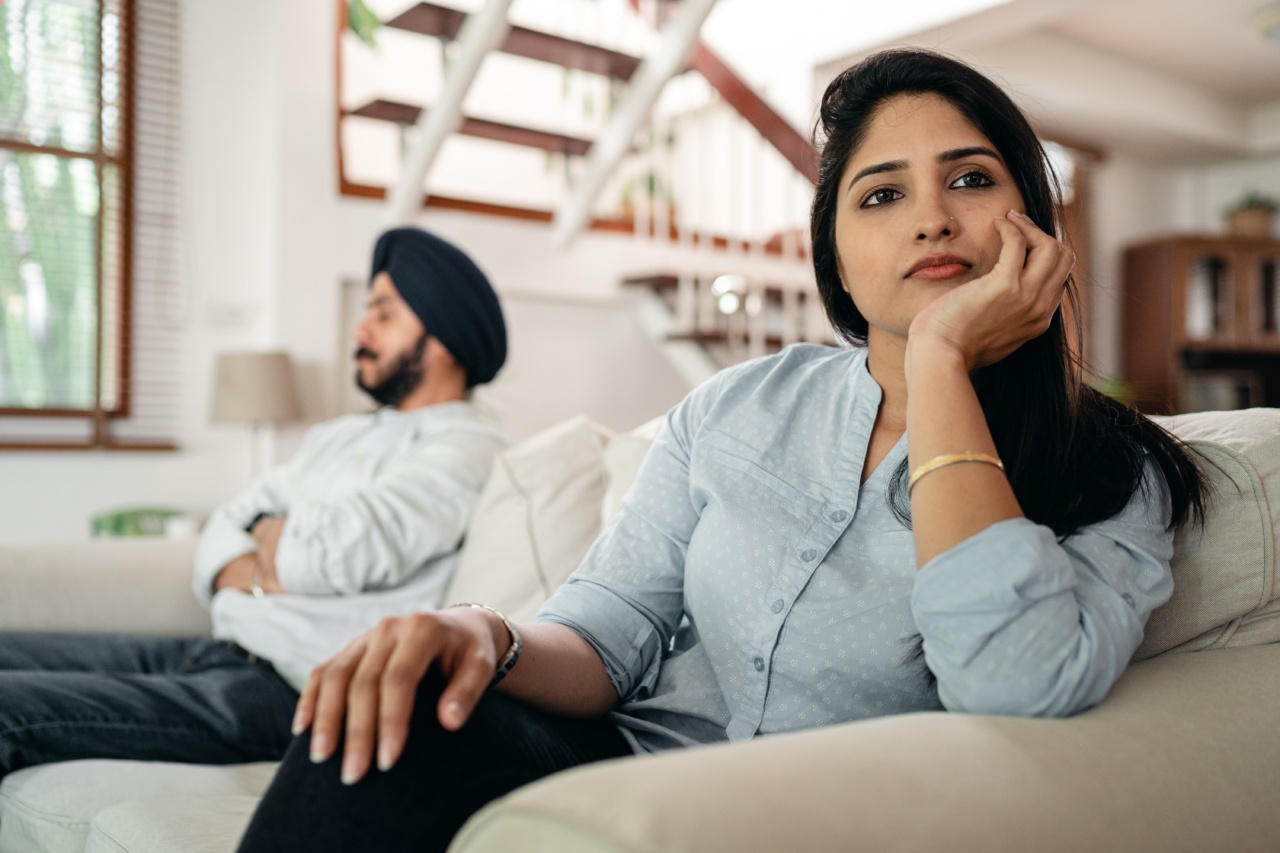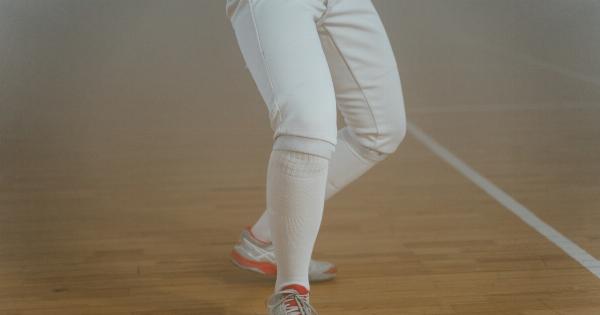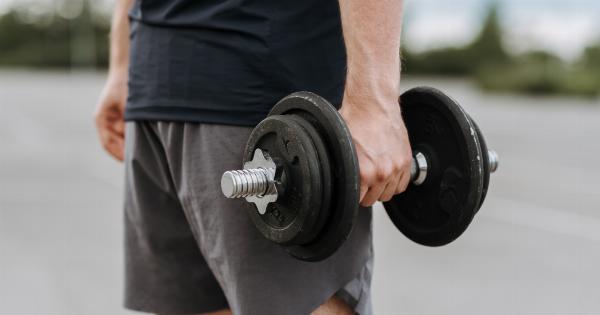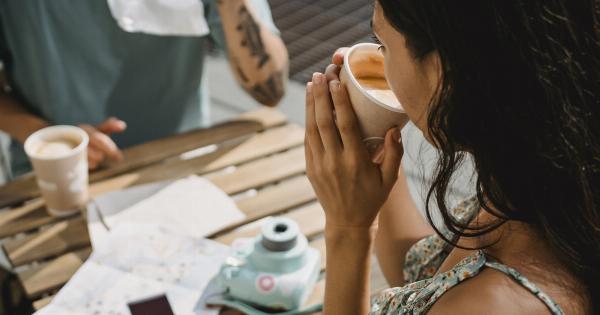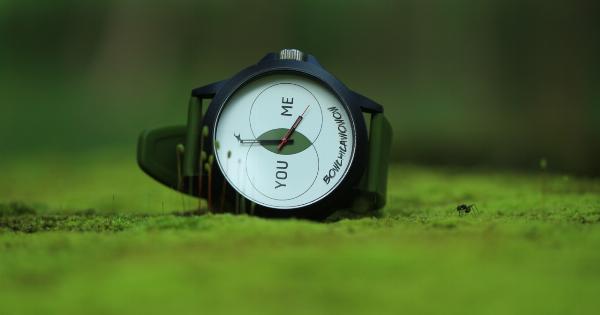Living with nervousness and anxiety can be challenging, but there are simple strategies that can help manage these conditions. One effective approach is to be mindful of certain movements that can aggravate nervousness and anxiety.
By avoiding these movements, you can create a sense of calm and better cope with your symptoms. In this article, we will explore six movements that individuals with nervousness should avoid in order to maintain a peaceful state of mind.
1. Fidgeting
Fidgeting is a common nervous habit that many individuals engage in. Whether it’s tapping your fingers, shaking your legs, or constantly adjusting your posture, fidgeting can contribute to heightened anxiety levels.
When you engage in excessive fidgeting, it sends a message to your brain that something is wrong, triggering the body’s fight-or-flight response. Instead of fidgeting, focus on deep breathing exercises or find a calming activity that allows you to redirect that nervous energy.
2. Nail biting
Nail biting is not only a hygiene concern but can also exacerbate feelings of nervousness and anxiety. When you bite your nails, you are stimulating the release of stress hormones, making the anxious feelings even more intense.
Breaking the habit of nail biting can be difficult, but finding healthier alternatives such as chewing gum or using stress balls can help redirect that nervous energy away from your fingers.
3. Pacing
Walking back and forth, also known as pacing, is a common nervous movement. While pacing may give you a temporary sense of relief, it actually perpetuates the feeling of restlessness and anxiety.
Instead, try finding a quiet place to sit and focus on deep breathing or other relaxation techniques. Taking deliberate and slow steps can also help redirect the impulse to pace and promote a calmer state of mind.
4. Avoiding eye contact
When feeling nervous or anxious, many individuals tend to avoid eye contact. However, avoiding eye contact can isolate you from others, intensifying feelings of nervousness and further inhibiting your ability to communicate effectively.
Maintaining eye contact helps you stay present in the moment and fosters a sense of connection with others. Practice maintaining eye contact gradually to build confidence and alleviate nervousness in social situations.
5. Rapid or shallow breathing
When anxiety sets in, our breathing patterns tend to change. Rapid or shallow breathing can contribute to increased heart rate and heightened feelings of panic.
By practicing deep breathing techniques, such as diaphragmatic breathing, you can slow down your breathing, relax your body, and promote a sense of calm. Remember to breathe in deeply through your nose, allowing your abdomen to expand, and exhale slowly through your mouth, releasing tension as you let go.
6. Excessive smartphone use
In today’s digital age, many of us find ourselves constantly glued to our smartphones. While smartphones can provide convenience and connectivity, excessive use can trigger or worsen feelings of anxiety and nervousness.
The constant notifications, social media comparison, and information overload can overload our brains and heighten our stress levels. Consider taking regular breaks from your smartphone to engage in activities that promote mindfulness and relaxation, such as reading, meditating, or spending time in nature.
Conclusion
By being aware of these movements and consciously working to avoid them, individuals with nervousness can better manage their symptoms and promote a sense of calm.
Remember that finding what works best for you may require some trial and error, so be patient with yourself throughout the process. By incorporating relaxation techniques, redirecting nervous energy, and prioritizing self-care, you can cultivate a more peaceful state of mind and minimize the impact of nervousness and anxiety in your life.
